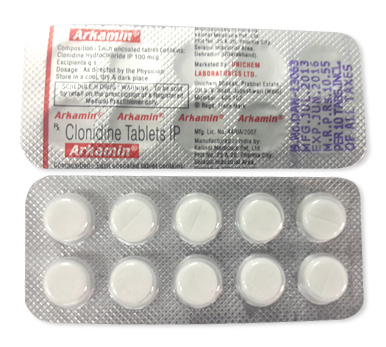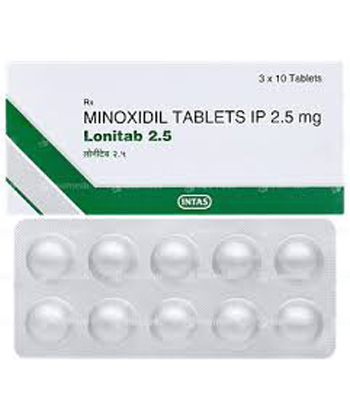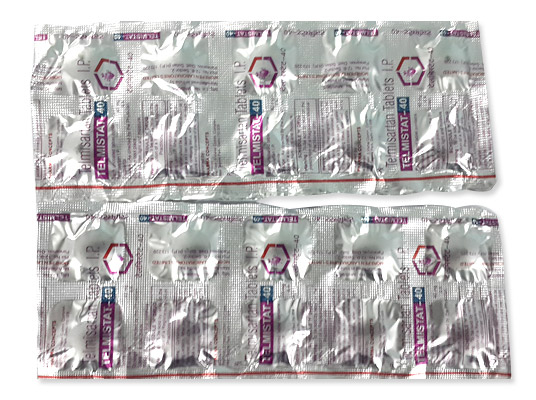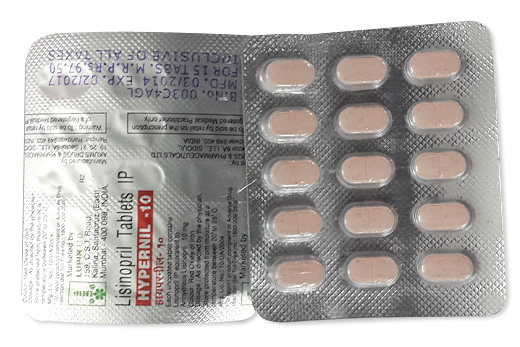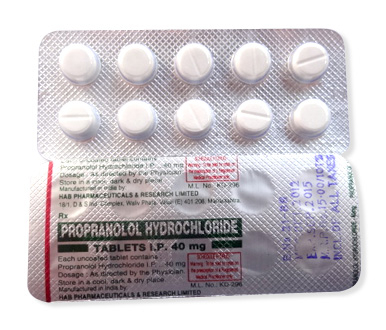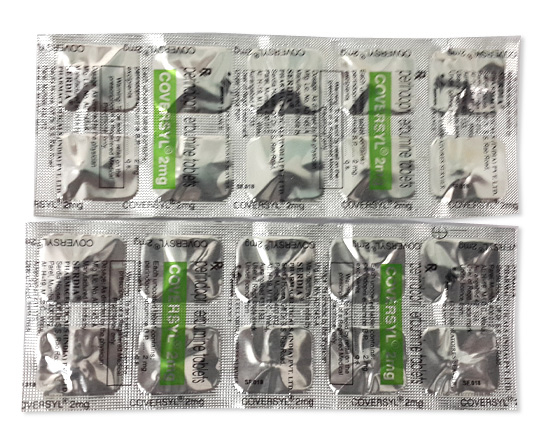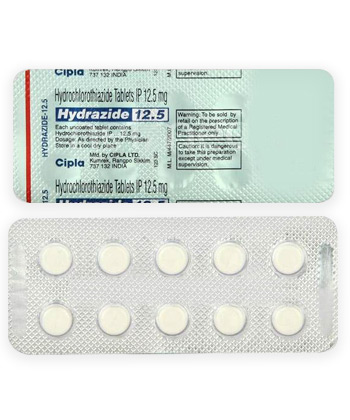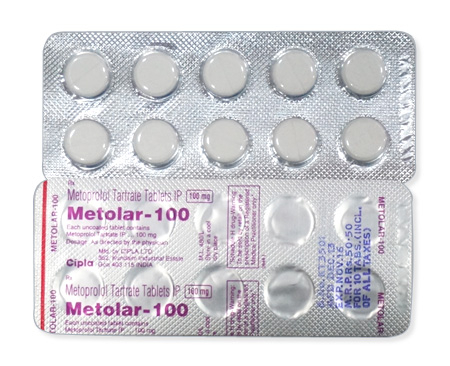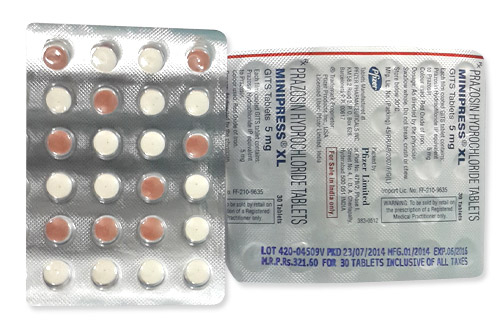
Minipress
- Minipress can be purchased with a prescription in pharmacies across various countries, including the United States and Europe, and it is available in different forms and strengths depending on the region.
- Minipress is used for the treatment of hypertension. Its mechanism of action involves blocking alpha-1 adrenergic receptors, which causes vasodilation and lowers blood pressure.
- The usual initial dose of Minipress for hypertension is 1 mg taken orally 2-3 times a day, with a typical maintenance dose ranging from 6-15 mg per day.
- The form of administration is capsules or tablets depending on the specific product available in the region.
- The effect of the medication typically begins within 1-2 hours after administration.
- The duration of action is approximately 24 hours, allowing for once-daily dosing in some cases.
- It is advised to avoid alcohol while taking Minipress, as it may increase the risk of side effects such as dizziness and drowsiness.
- The most common side effects include dizziness, headache, drowsiness, and nausea, often occurring after the first dose or with dose increases.
- Would you like to try Minipress without a prescription?
Basic Minipress Information
- INN (International Nonproprietary Name): Prazosin
- Brand names available in Canada: Minipress (capsules); Hypovase (tablets in the UK/Europe)
- ATC Code: C02CA01 - Related to antihypertensives and alpha-adrenoreceptor antagonists
- Forms & dosages: Capsules (1 mg, 2 mg, 5 mg); Tablets (varied strengths)
- Manufacturers in Canada: Pfizer (primary manufacturer)
- Registration status in Canada: FDA-approved Rx drug; EMA approval in multiple EU countries
- OTC/Rx classification: Prescription only in all territories
Overview Of Prazosin
Prazosin, commonly known as Minipress in Canada, is a medication used primarily to treat hypertension. Understanding its details is essential for those considering or currently using this medication. It belongs to a class of drugs called alpha-adrenoreceptor antagonists, which are instrumental in managing high blood pressure.
Brand Names And Forms Available
In Canada, Prazosin is marketed mainly under the brand name Minipress, available in capsule forms of 1 mg, 2 mg, and 5 mg. It's also known as Hypovase in the UK and Europe, where it is often provided in tablet forms. While the capsule form is prevalent, the availability of tablet strengths may vary significantly based on the region.
Manufacturers And Regulatory Status
Pfizer is the primary manufacturer of Minipress in both Canada and Europe, ensuring its distribution through authorized local agents. This medication has gained regulatory approval, being classified as a prescription (Rx) drug only. It's important to note that it is approved by the FDA in North America and the EMA in multiple European countries, signifying its recognized efficacy and safety in treating hypertension.
What To Expect From The Dosage Forms
The standard dosage forms are available in capsule strength varying from 1 mg to 5 mg, catering to different patient needs. When prescribed, it’s crucial to follow the guidance of a healthcare provider to determine the appropriate dosage for effective blood pressure management.
How Prazosin Works
Once ingested, Prazosin starts its action by blocking alpha-1 adrenergic receptors, which prevents blood vessels from tightening. This relaxation of blood vessels makes it easier for the heart to pump blood, thus leading to lowered blood pressure. Typically, the onset of action occurs within 1 to 2 hours after taking an oral dose.
Important Considerations
While Prazosin is effective for treating hypertension, it is essential only to use it under the guidance of a healthcare professional. Since it’s classified as a prescription drug, individuals should not take it without proper medical supervision. Additionally, those considering this medication should discuss potential side effects and interactions with their healthcare provider to ensure safe usage.
Conclusion
In summary, Prazosin represents a viable option for managing high blood pressure, provided it is taken as directed. With its established efficacy and safety profile, understanding its function and use is paramount for better health outcomes.
Dosage & Administration of Minipress
When managing hypertension, understanding proper dosage is crucial. The typical initial dosage of Minipress (Prazosin) is 1 mg taken orally, two to three times a day. Once a healthcare provider determines the patient’s tolerance, a maintenance dosage usually falls between 6 to 15 mg per day, divided into smaller doses. In rare cases, dosages may reach a maximum of 20 mg per day.
For certain populations, dosage adjustments are important. The elderly may require starting at a lower dose to minimize the risk of dizziness associated with hypotension. Similarly, patients with liver or renal impairment might need tailored dosages based on their specific health status.
Many individuals find that long-term treatment is necessary to effectively manage their blood pressure. Regular monitoring will ensure that the treatment remains effective and safe. Storage should be at controlled room temperature, ideally between 15°C to 30°C, safeguarded from moisture and light, and kept in its original packaging. Be mindful while transporting the capsules to ensure their integrity remains intact, as this ultimately supports effective treatment.
Safety & Warnings for Minipress
User safety is a priority when taking any medication, including Minipress. Its absolute contraindications include known hypersensitivity to prazosin or related compounds, which must be avoided. Relative contraindications involve careful consideration in individuals with conditions such as angina, heart failure, or severe liver issues.
Side effects can vary; common ones noted include dizziness, headache, nausea, and drowsiness. More severe cases may lead to hypotension, priapism, syncope, or even allergic reactions. Special precautions apply for specific populations. For example, pregnant women should only use Minipress when clearly necessary.
Patients with liver impairment may experience reduced clearance rates, necessitating careful dose adjustments. The drug is generally regarded as safe for kidney concerns, but ongoing monitoring remains essential. Notably, there are no current black box warnings connected to Minipress, allowing it to be prescribed with an understanding that bridging patient safety and efficacy is a continuous process.
Patient Experience with Minipress
What do real users of Minipress have to say? Feedback aggregated from platforms like Drugs.com, Reddit, and WebMD reveals a spectrum of experiences. On the positive side, many report that Minipress is effective for controlling blood pressure and mitigating symptoms of PTSD. Users often highlight how it eased their symptoms and improved their overall well-being.
However, it’s also important to address the negatives. Common side effects such as dizziness and drowsiness can create challenges for daily life, affecting activities like driving or working. Moreover, the initial first-dose effect can deter some patients from adhering to their treatment plans.
Many experiences shared in online forums emphasize that although Minipress is helpful, managing potential side effects is crucial. Patients frequently engage in discussions to seek strategies for better adherence and understanding how to tackle common issues presented during their treatment journey.
Alternatives & Comparison to Minipress
In Canada, several alternatives to Minipress are available for managing hypertension. Common options include Doxazosin (Cardura), Terazosin (Hytrin), and Alfuzosin (Xatral). Each of these medications serves similar purposes but may have different effects and dosing regimens.
| Medication | ATC Code | Price Range | Primary Use |
|---|---|---|---|
| Minipress | C02CA01 | Variable | Hypertension |
| Cardura | C02CA04 | Variable | Hypertension/BPH |
| Hytrin | C02CA03 | Variable | Hypertension/BPH |
When healthcare providers consider prescribing patterns, they often analyze factors like effectiveness, safety, and cost. Each alternative medication holds specific benefits and risks, making patient preferences and individual health circumstances pivotal in choosing the right option for hypertension management.
Market Overview (Canada)
For those seeking Minipress in Canada, finding it is relatively straightforward. Pharmacies like Catena and HelpNet are common spots where you can get this medication. Availability usually means you won't have to search far when managing your blood pressure or looking into its other uses.
The price of Minipress capsules typically falls within a specific range, catering to those on a budget. Expect to pay an average price of about 30 to 60 Canadian dollars for a standard supply. Pricing can, of course, vary based on package size and whether you're opting for the brand or generic versions.
As for packaging formats, you’ll usually find Minipress in blister packs or bottles, making it easy to store and use. These formats help in keeping the capsules protected while ensuring patients can manage their dosages effectively.
Diving into demand patterns, Minipress showcases chronic use among patients. Many individuals incorporate it into their daily routine, particularly with the prevalence of conditions like hypertension. Interestingly, there have been notable spikes in demand as well, particularly during the COVID-19 pandemic when stress-related hypertension surged.
Research & Trends
Exciting developments in the realm of Minipress research are ongoing, especially with clinical trials and meta-analyses highlighted from 2022 to 2025. These studies are aiming to delve deeper into both the efficacy of Minipress and exploring new therapeutic applications beyond hypertension management.
Among the experimental uses emerging from recent studies, indications for migraine prevention and anxiety management stand out. Exploring these off-label uses could change how patients approach their treatment options as more data surfaces.
On the subject of patents and generics, it’s worth noting that the patent for Minipress has been expired for some time now. This has allowed multiple generic forms to flood the market. Consequently, consumers have greater access to affordable alternatives, thus creating a more competitive pricing landscape that can benefit patients everywhere.
Guidelines for Proper Use
The effectiveness of Minipress hinges on proper usage. It's vital to take the medication as prescribed, whether on a full stomach or not. Adhering to a consistent schedule is key to maintaining stable blood pressure levels.
What’s crucial to avoid? Alcohol consumption should definitely be off the table, as it has the potential to amplify side effects like dizziness. Additionally, be cautious with over-the-counter medications that might interact with Minipress—don’t hesitate to consult a pharmacist or healthcare provider for clarity on what’s safe.
Storage is equally important. Keeping Minipress in a controlled room temperature environment and in its original container will ensure its potency remains intact.
Common mistakes can undermine treatment efficiency. Skipping doses or stopping the medication without professional advice should be avoided at all costs. A little diligence goes a long way in medication management.
For all users, it's vital to consult the patient leaflet accompanying Minipress for tailored instructions. Health providers may provide additional guidance relevant to individual health circumstances.

